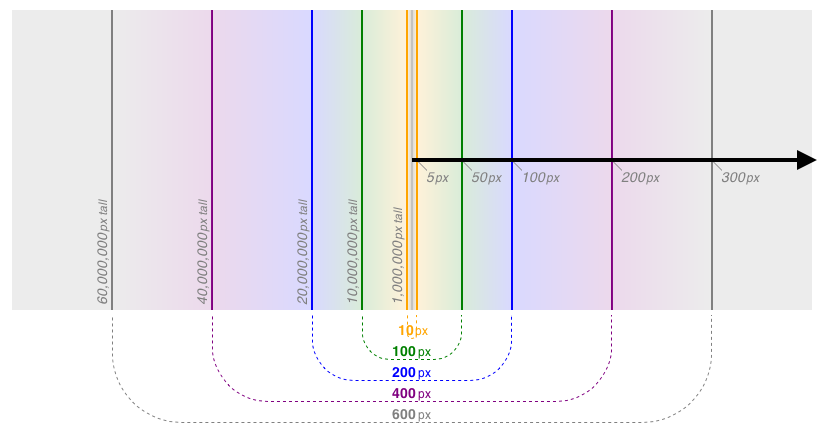Talk Talk
Published 10 years, 7 months pastIf you prefer hearing voice to reading text, I was on a couple of podcasts recently and would like to share; also, I have some live appearances coming up soon.
The first podcast is a 16-minute segment on the eHealth Radio Network, talking about designing for crisis. This was recorded shortly before AEA Seattle and HxRefactored, which is why I talk about HxRefactored in the future tense. Much as was the case with my talk at HxRefactored, this concentrates on the topic of designing for crisis in a medical/health care context, and as it turns out, it’s only slightly shorter than was my HxR talk.
The second is both longer and a bit more recent: I talked for an hour with Chris and Dave at Shop Talk Show about flexbox, inline layout, the difficulties of the past two years, and how I’ve changed professionally. It doesn’t shy away from the emotional side, and some listeners have described it as “heart-rending” and “sobering”. So, you know, fair warning. On the other hand, I call Chris Coyier a “newb” about a minute in, so there’s that.
In the Shop Talk episode, we talk briefly about Facebook’s On This Day feature, which had just launched but I hadn’t seen at that point. Yesterday, it finally popped up in my Facebook timeline. I had observations, and will probably write about them soon. First, though, I need to finish up my slides for Fluent, where I’ll be giving my talk “This Web App Best Viewed By Someone Else”. I get 13 minutes to tell the audience that they… well, I don’t want to spoil it for anyone. (Plus there’s another slide deck I need to finish up for next week, but that’s for a private engagement, so never mind that now.)
In May, I’ll once again be presenting the hour-long version of “Designing for Crisis” at An Event Apart Boston. There are still some seats left if you’d care to join us; it’s a pretty great lineup, and as usual I’m feeling a wee bit intimidated by the brilliance. Attendees have been telling us that this year’s lineup is one of the best they’ve seen, making AEA worth every penny and then some, so you’d get way more out of the show than just hearing me.
In case you’re wondering (and I also mentioned this on ShopTalk), I won’t be at AEA San Diego in June. Part of me very much wants to be, but an accident of scheduling made it inadvisable: the show starts June 8th, the day after the first anniversary of Rebecca’s death and what would have been her seventh birthday. I don’t know that I’ll be in any shape to hold brief conversation, let alone stand on stage in front of a few hundred people and give an hour-long talk, in the days immediately following. Rather than risk it, we (the AEA team and I) decided to have someone else take my place at the San Diego show, and that show only. I intend to be at all our other shows this year.
Hopefully, I’ll get a chance to write about attending not-web-design conferences in the near future. I find such experiences entertainingly, and in some ways refreshingly, different. I recommend it.
